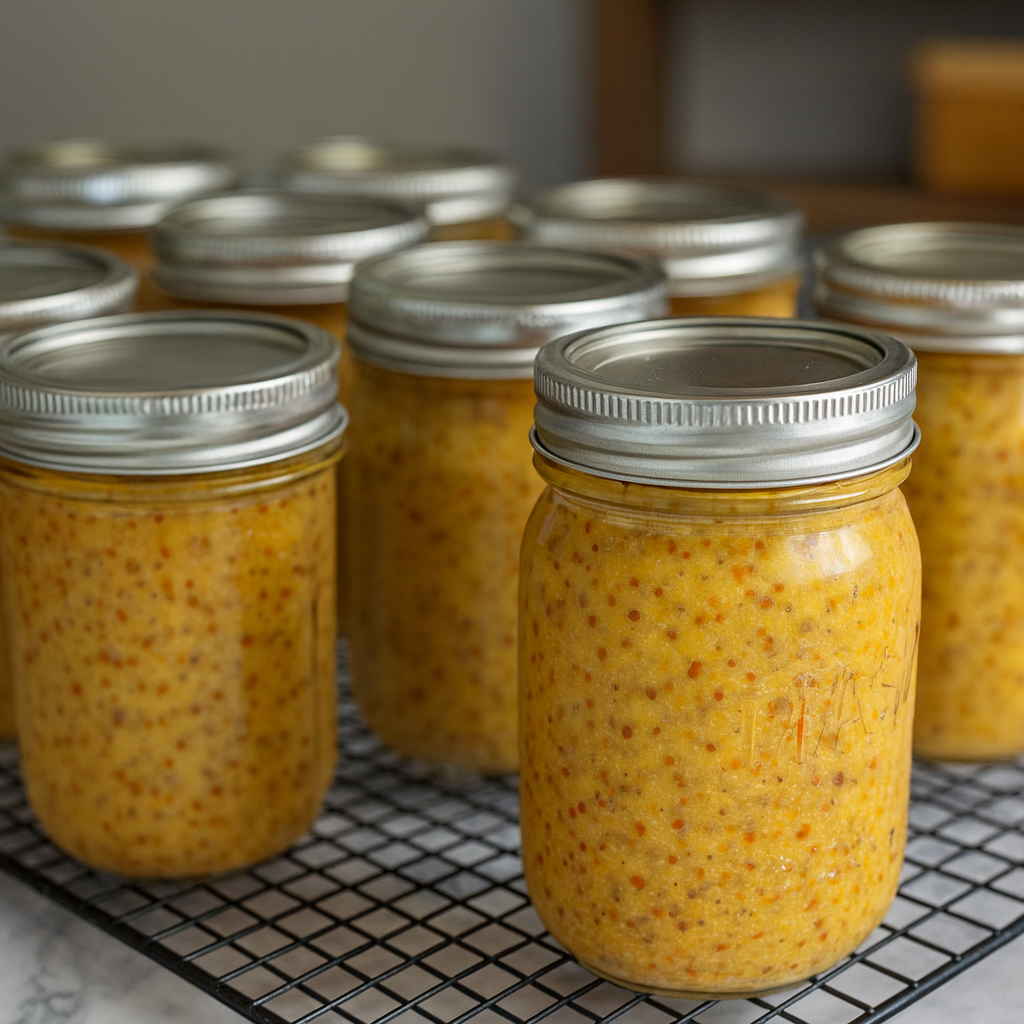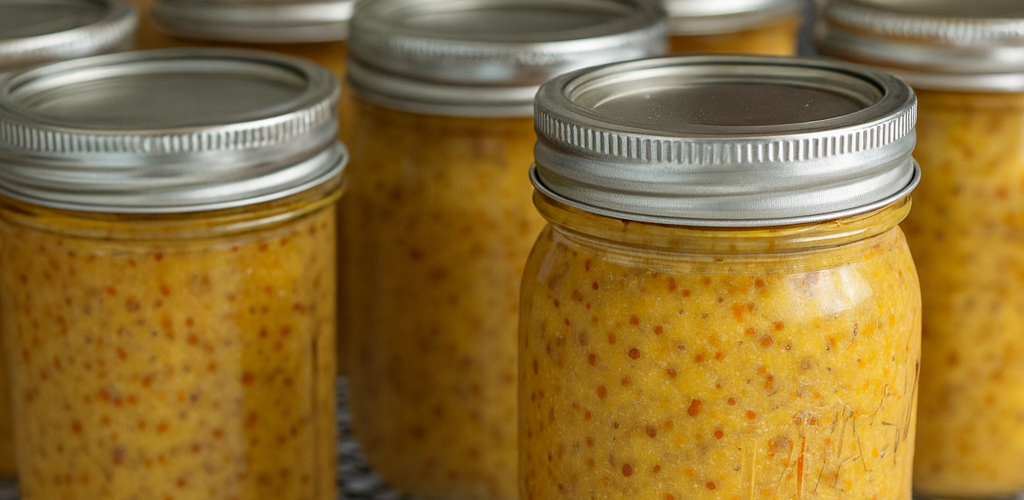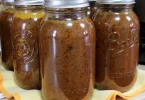
Introduction
Think back to the last time you bit into a sandwich that made you pause. Maybe it wasn’t the bread or the fillings that stood out, but the creamy, tangy, or slightly spicy spread that tied it all together. That little layer is often the unsung hero of a sandwich—it’s what transforms two slices of bread and a few toppings into something memorable.
For many of us, a sandwich spread recipe carries a touch of nostalgia. You might remember your parents packing sandwiches in your school lunchbox, or the comforting taste of a homemade spread at a family picnic. A spread adds personality to your meal, giving even the simplest ingredients a gourmet feel.
This guide will show you how to make your own sandwich spread recipe from scratch. You’ll learn the essential ingredients, step-by-step preparation, popular variations, and storage tips. You’ll also discover serving ideas, nutritional benefits, and answers to common questions so you’ll never be stuck with a bland sandwich again.
H2: What is a Sandwich Spread?
A sandwich spread is more than just a condiment. It’s a flavorful paste or mixture that you apply to bread before layering other ingredients. Its purpose is to:
- Add flavor (savory, tangy, spicy, or sweet).
- Provide moisture, preventing dry bites.
- Act as a binder, holding fillings together.
- Enhance nutrition, depending on the ingredients you use.
H3: Common Types of Sandwich Spreads
- Classic mayonnaise-based spreads – creamy, versatile, and familiar.
- Mustard blends – tangy with a slight bite.
- Herbed yogurt spreads – fresh, lighter, and protein-packed.
- Nut butters – rich and energy-dense, perfect for sweet sandwiches.
- Hummus and bean spreads – plant-based and filling.
- Cheese spreads – indulgent and savory.
When you master a basic sandwich spread recipe, you unlock endless possibilities.
H2: Why You’ll Love This Sandwich Spread Recipe
Here’s why making your own spread is worth it:
- Quick and simple: Most recipes come together in under 10 minutes.
- Customizable: Adjust ingredients to match your taste.
- Healthier: Control salt, sugar, fat, and preservatives.
- Budget-friendly: Uses pantry staples and stretches across multiple sandwiches.
- Versatile: Works for sandwiches, wraps, burgers, or even as a dip.
- Crowd-pleaser: Everyone can enjoy it—from kids’ lunchboxes to party platters.
Once you start making your own, store-bought spreads will feel like a compromise.
H2: Ingredients for Classic Sandwich Spread Recipe
H3: Core Ingredients
| Ingredient | Quantity | Notes |
|---|---|---|
| Mayonnaise | ½ cup | Creamy base, substitute with yogurt if lighter version desired |
| Mustard (yellow or Dijon) | 2 tbsp | Adds tang and depth |
| Pickle relish | 2 tbsp | Sweet and crunchy element |
| Onion (finely grated) | 1 tbsp | Balances richness with sharpness |
| Salt & black pepper | To taste | For seasoning |
H3: Optional Additions
- Chopped hard-boiled eggs → turns into an egg spread.
- Fresh herbs (parsley, dill, cilantro) → add freshness.
- Chili flakes or hot sauce → make it spicy.
- Greek yogurt or sour cream → lightens the spread.
- Grated carrots or cucumbers → add crunch and nutrition.
H2: Step-by-Step Guide to Making Sandwich Spread
H3: Step 1 – Mix the Base
Combine mayonnaise and mustard in a medium bowl. This forms the creamy foundation.
H3: Step 2 – Add Flavor Boosters
Stir in pickle relish, onion, and seasonings. Mix until well combined.
H3: Step 3 – Customize
Add your optional ingredients depending on whether you want more spice, sweetness, or crunch.
H3: Step 4 – Chill and Serve
Cover the bowl and refrigerate for at least 30 minutes before using. This allows flavors to meld beautifully.
H2: Variations of Sandwich Spread Recipes
A good recipe is a canvas—you can change the flavors based on your mood or the type of sandwich.
- Egg Sandwich Spread Recipe: Add chopped boiled eggs to the classic base.
- Veggie Sandwich Spread Recipe: Blend grated carrots, cucumbers, and cream cheese.
- Spicy Sandwich Spread Recipe: Stir in chili sauce, jalapeños, or sriracha.
- Healthy Sandwich Spread Recipe: Replace mayo with Greek yogurt or avocado.
- Sweet Sandwich Spread Recipe: Use peanut butter, honey, and banana puree.
- Herbed Spread: Add fresh dill, basil, or cilantro for garden-fresh flavor.
These variations let you cater to kids, spice-lovers, or health-conscious eaters.
H2: Tips for the Perfect Sandwich Spread
- Use fresh ingredients for maximum flavor.
- Adjust consistency: Add mayo for creaminess or yogurt for a lighter texture.
- Taste as you go: Balance sweet, tangy, and savory elements.
- Don’t skip the chill: Refrigeration helps flavors come together.
- Store properly in glass jars or airtight containers.
H2: Common Mistakes to Avoid
Even simple spreads can go wrong if you’re not careful:
- Over-seasoning: Too much salt or spice can overpower the sandwich.
- Skipping refrigeration: Flavors won’t meld, and texture may feel off.
- Watery vegetables: Not draining cucumbers or carrots leads to runny spread.
- Overloading bread: Too much spread can make the sandwich soggy.
- Not experimenting: Sticking to one version means missing exciting flavors.
H2: Storage and Shelf Life
- Refrigerator: Keep in an airtight container for 3–5 days.
- Freezer: Not recommended for mayo or yogurt-based spreads—they separate.
- Pro tip: If making veggie spreads, store vegetables separately and mix before serving.
H2: Serving Ideas for Sandwich Spread
You’re not limited to just sandwiches. Here’s how you can use it:
- As a base layer for grilled cheese.
- In veggie wraps or pita pockets.
- Spread on bagels or ciabatta rolls.
- Paired with cold cuts, roast chicken, or turkey.
- Used as a dip for crackers, chips, or veggie sticks.
- As a flavor enhancer in burgers or sliders.
H2: Nutritional Information (Approximate per Tablespoon)
| Nutrient | Amount |
|---|---|
| Calories | 60 |
| Carbohydrates | 2g |
| Sugar | 1g |
| Fat | 5g |
| Protein | 1g |
(Values vary depending on ingredients used.)
H2: FAQs About Sandwich Spread Recipe
H3: How long does homemade sandwich spread last?
Usually 3–5 days in the refrigerator if stored properly.
H3: Can I make sandwich spread without mayonnaise?
Yes—substitute with Greek yogurt, hummus, or avocado.
H3: Is sandwich spread healthy?
It depends on the base. Yogurt or hummus-based spreads are healthier than mayo-based ones.
H3: Can I freeze sandwich spread?
Not recommended—mayo and dairy-based spreads separate when thawed.
H3: What’s the best sandwich spread for kids?
Mild spreads like egg-mayo, cream cheese, or yogurt-based versions are kid-friendly.
Conclusion
A sandwich spread recipe may seem simple, but it has the power to elevate any meal. With just a handful of ingredients, you can create spreads that are flavorful, nutritious, and customizable. From creamy egg spreads to spicy chili blends, the possibilities are endless.
By now, you know how to make a classic version, experiment with variations, avoid common mistakes, and store it safely. You also have plenty of serving ideas to ensure your spread never goes to waste.
👉 Your Call-to-Action: Try making your own sandwich spread this week. Experiment with flavors, pair it with your favorite sandwiches, and even use it as a dip or dressing. Once you taste the difference, you’ll never look at store-bought spreads the same way again.







